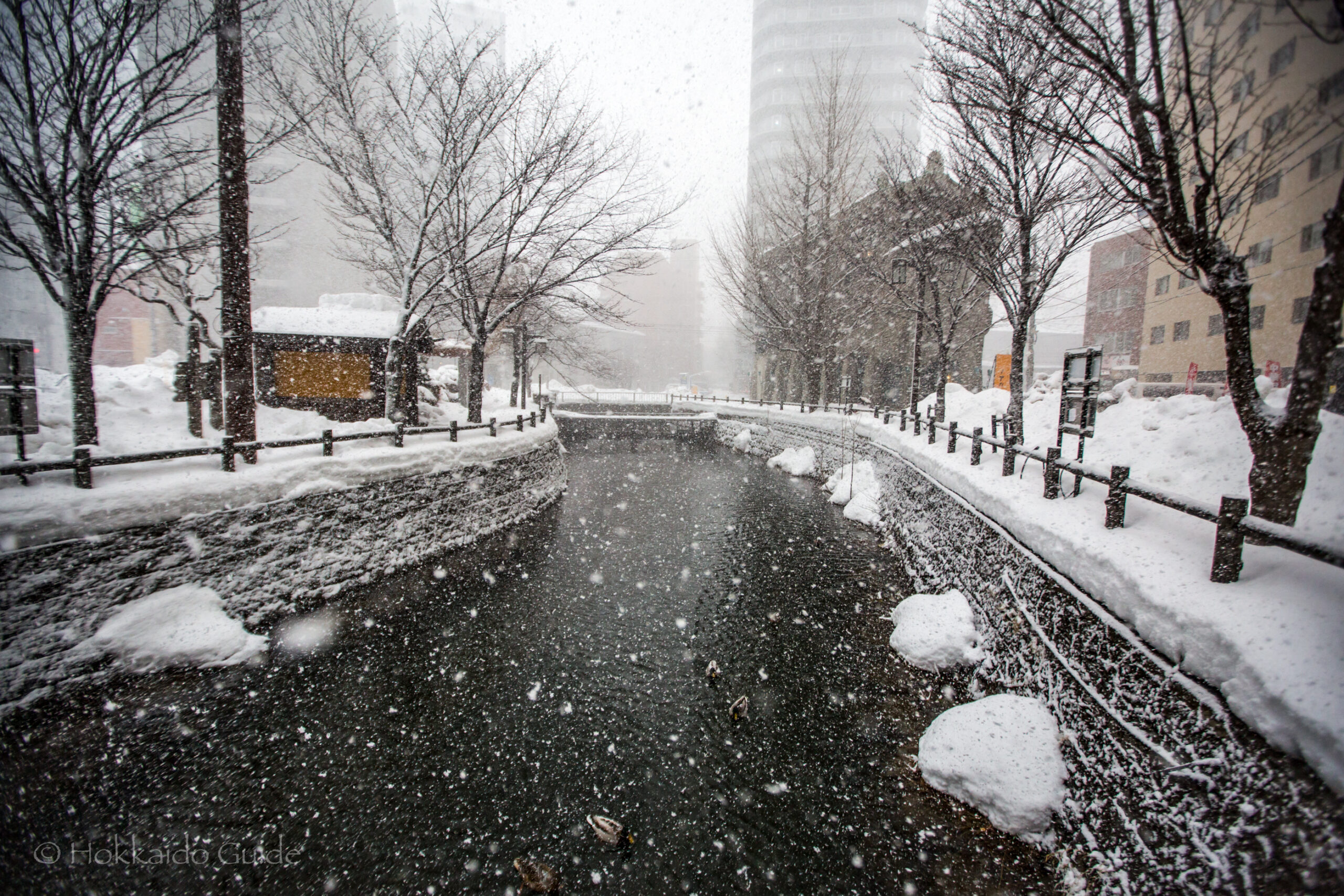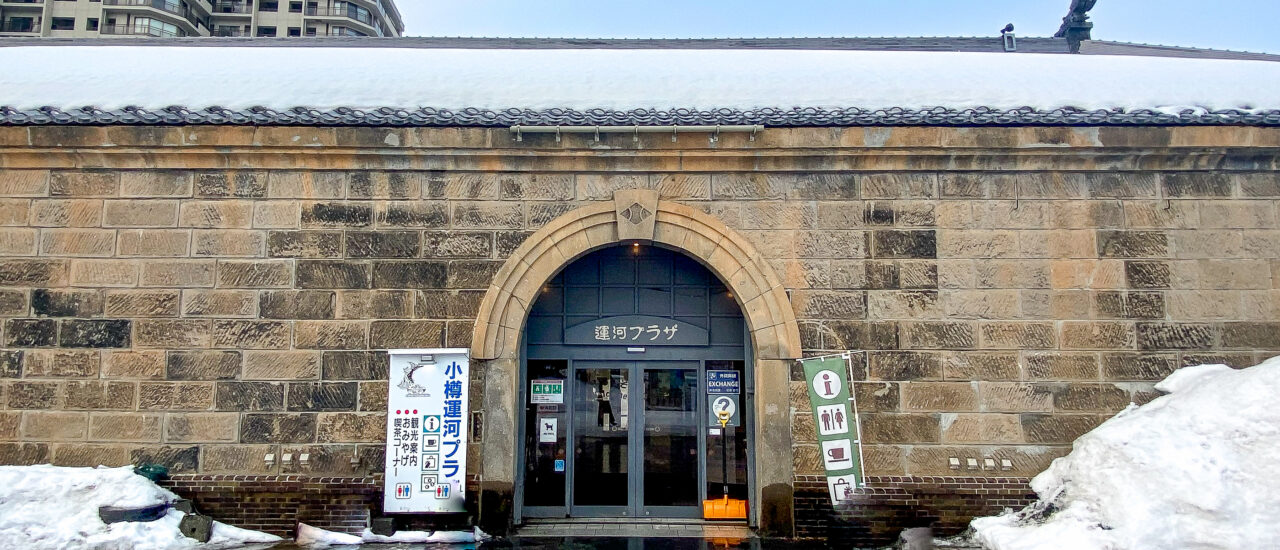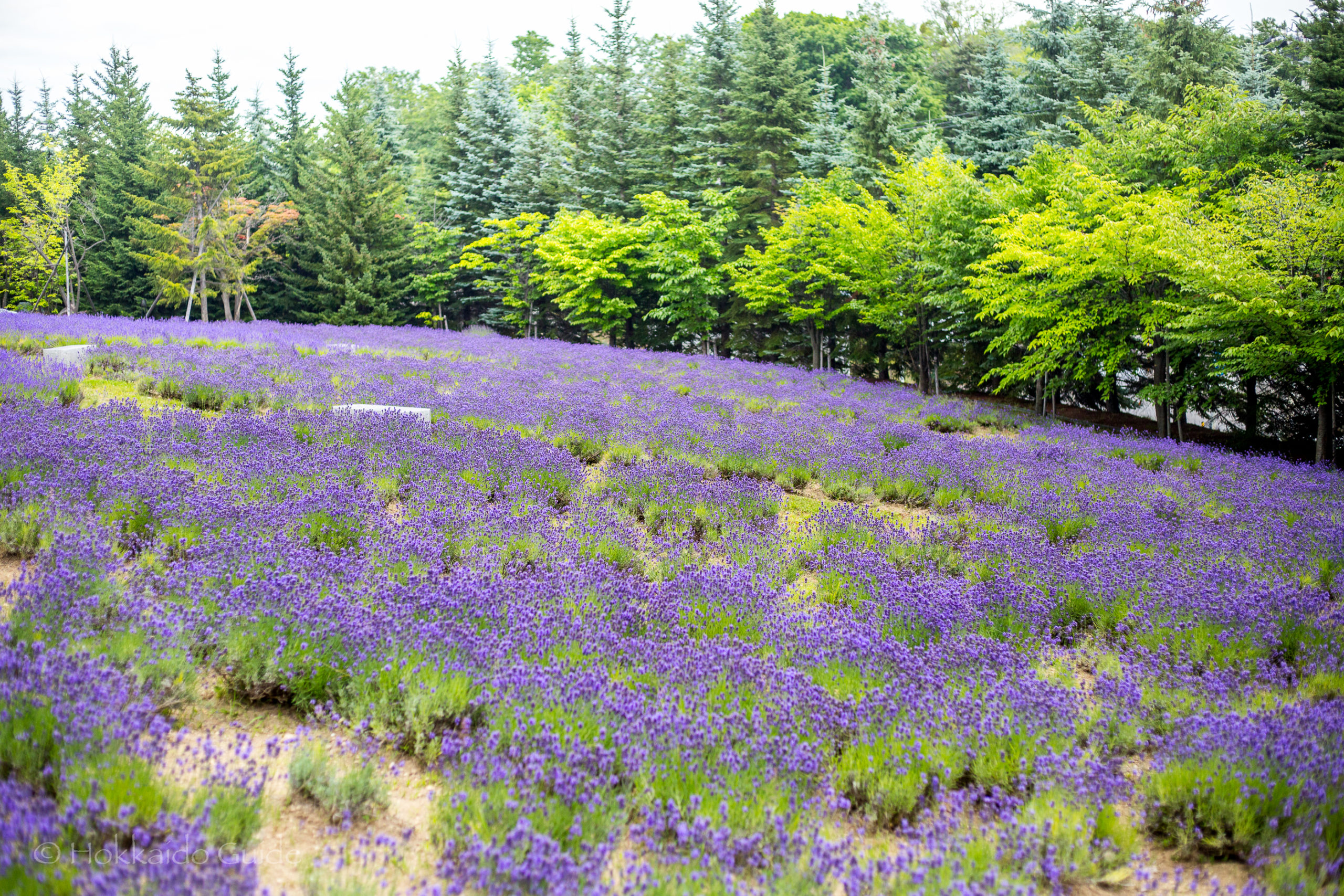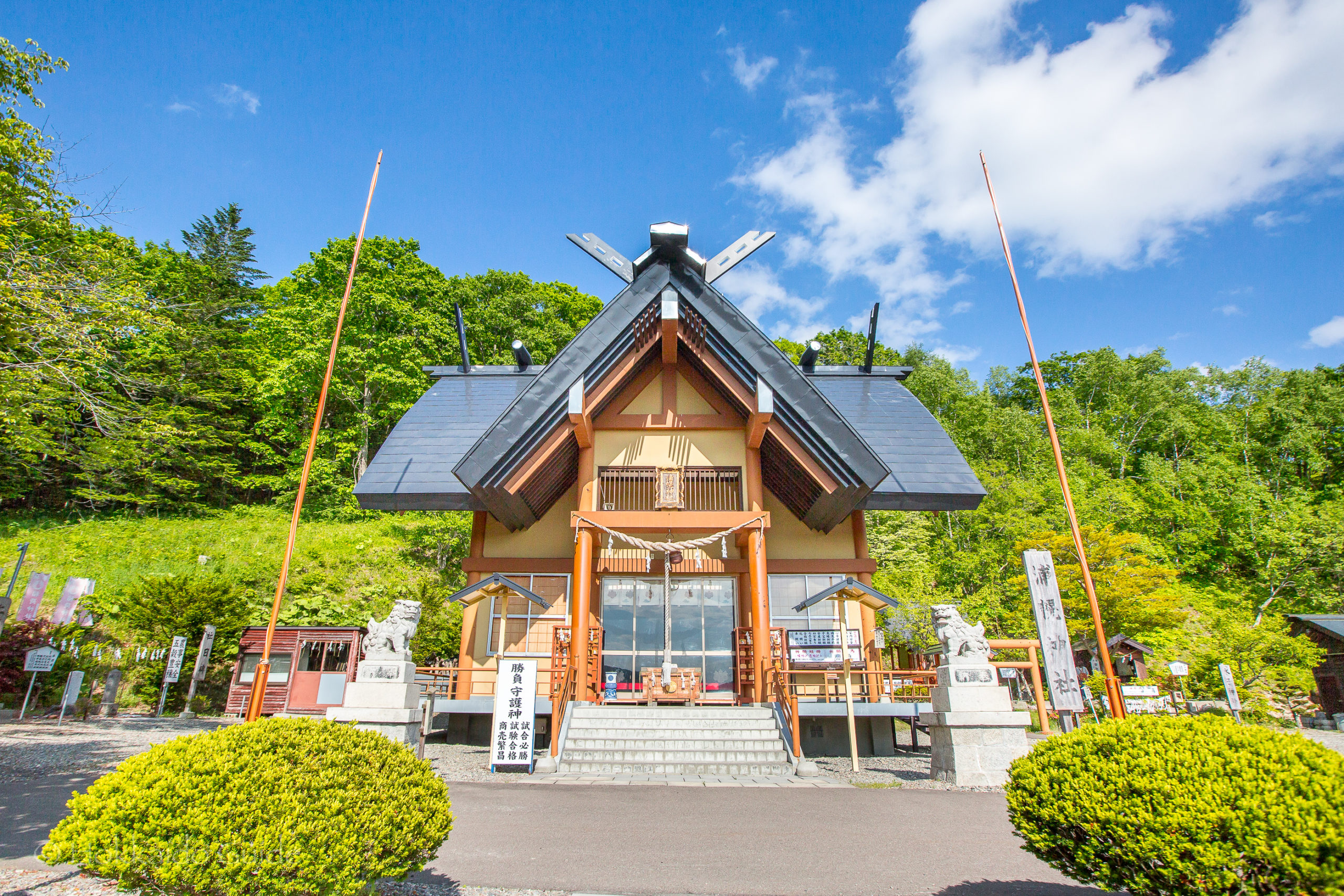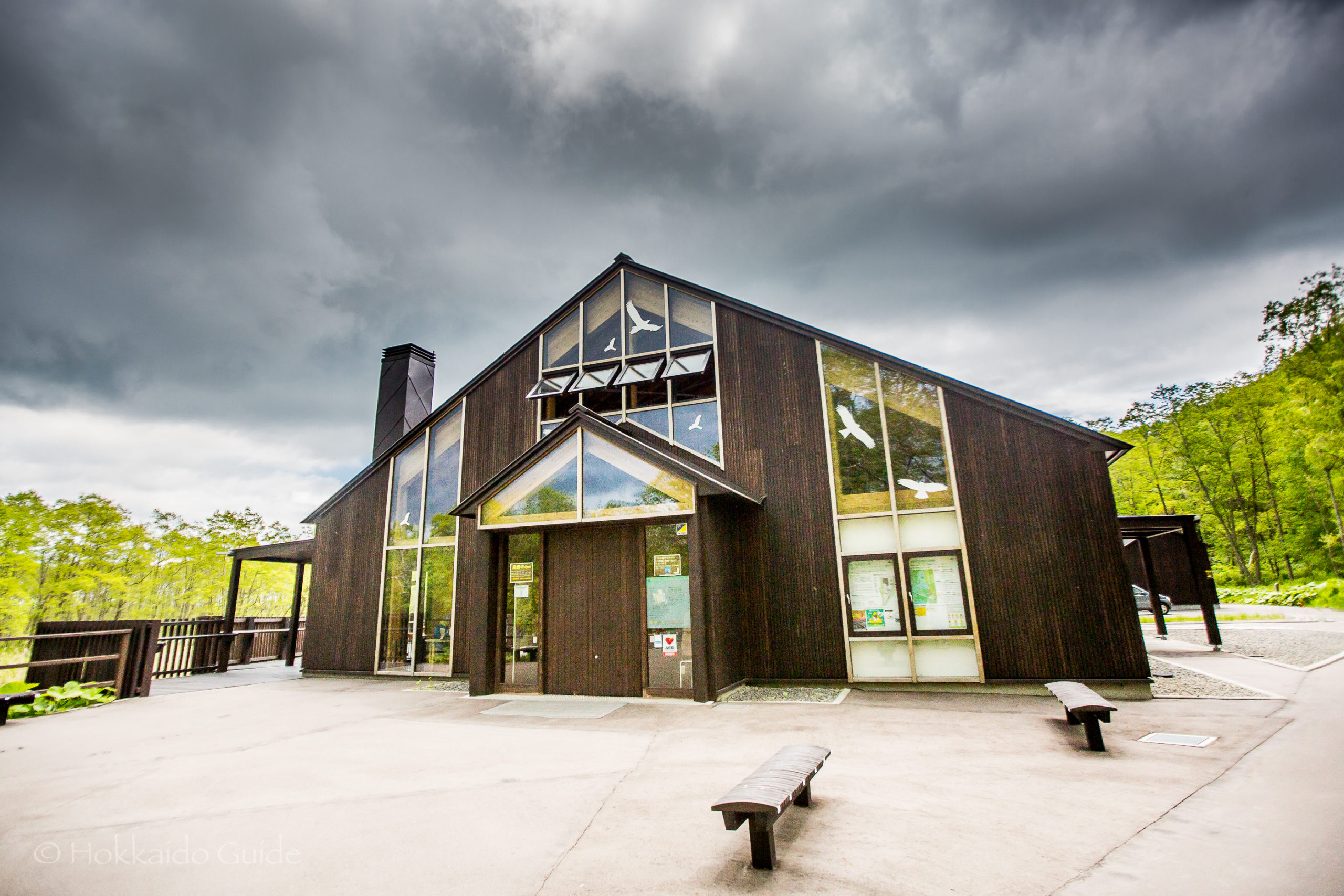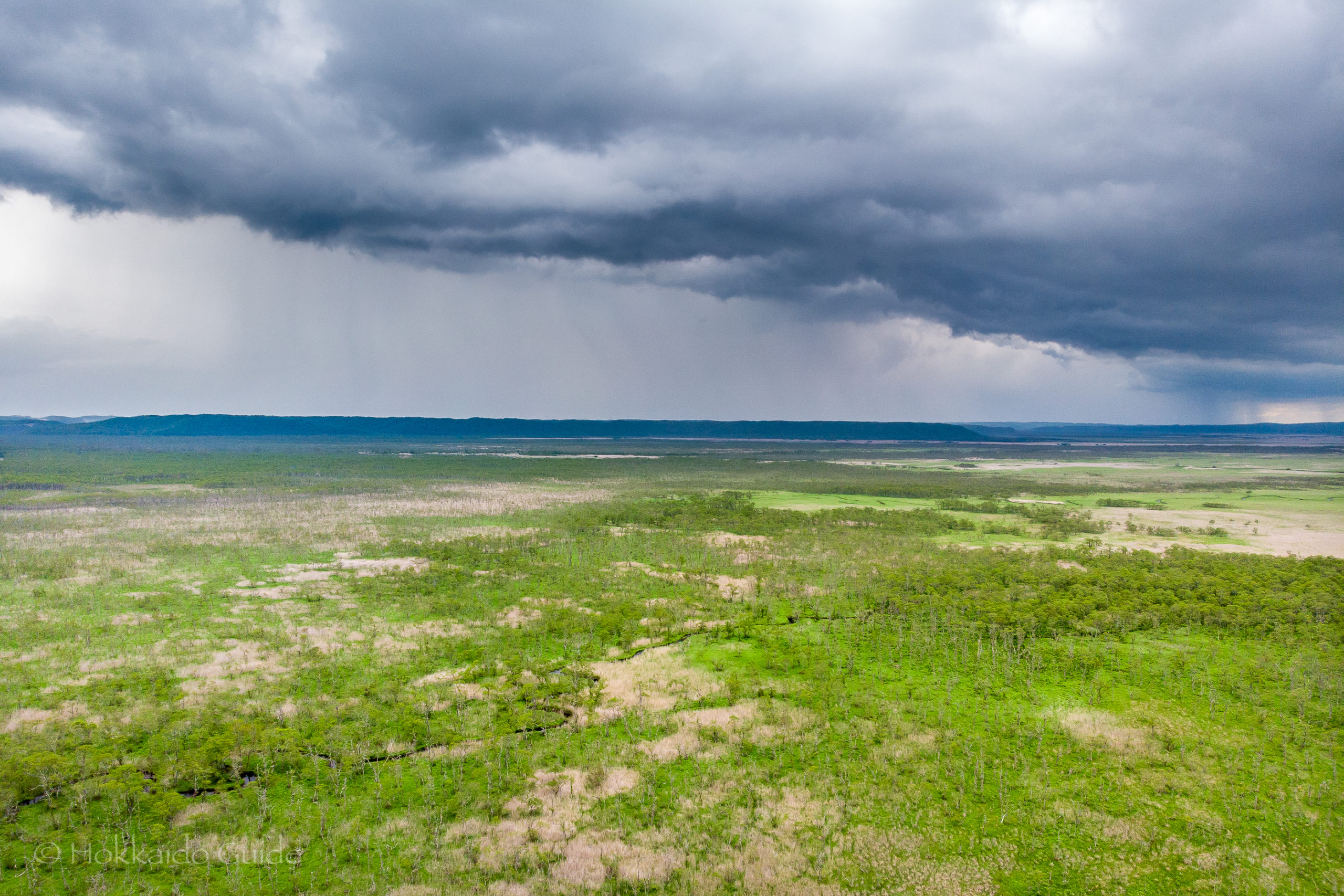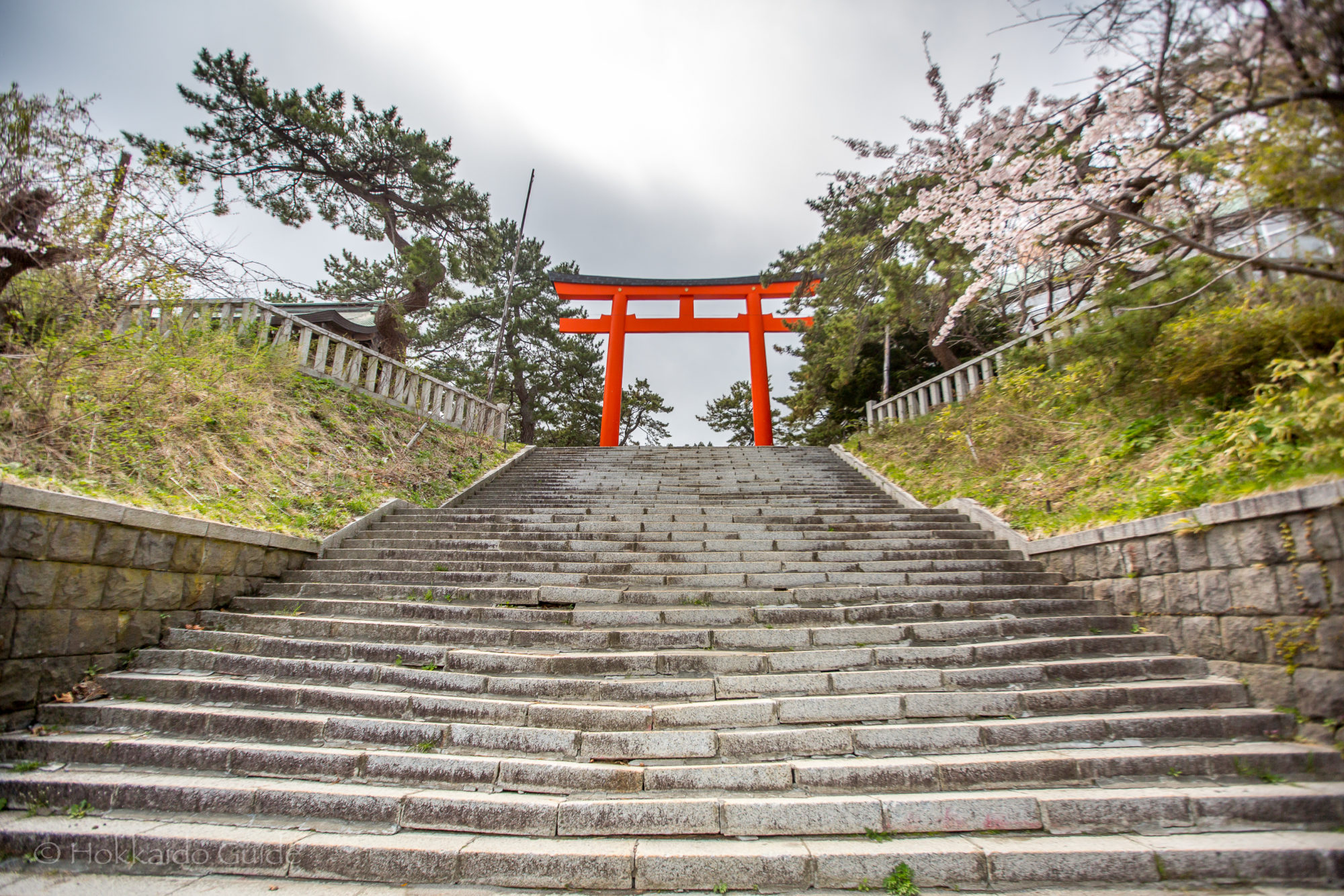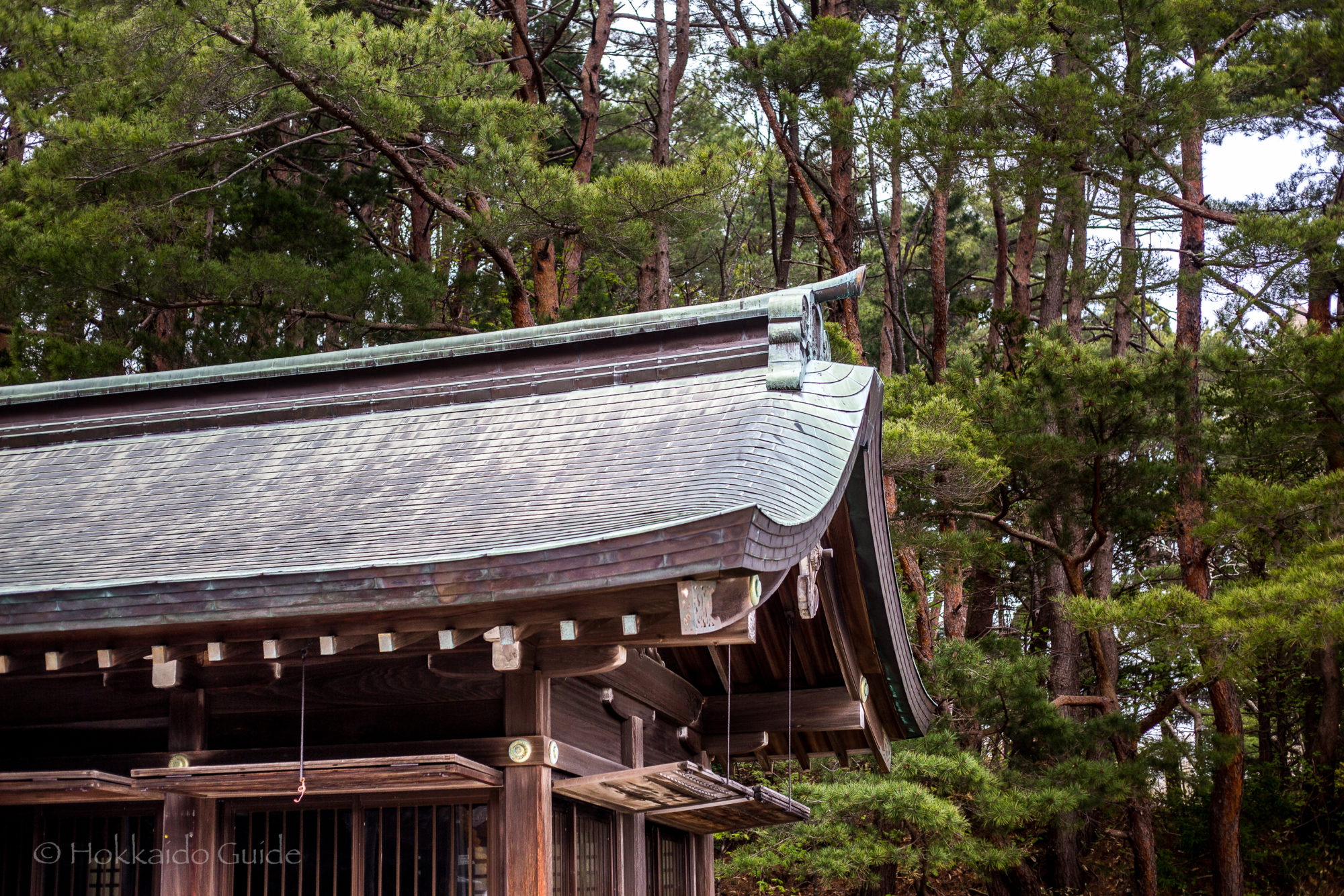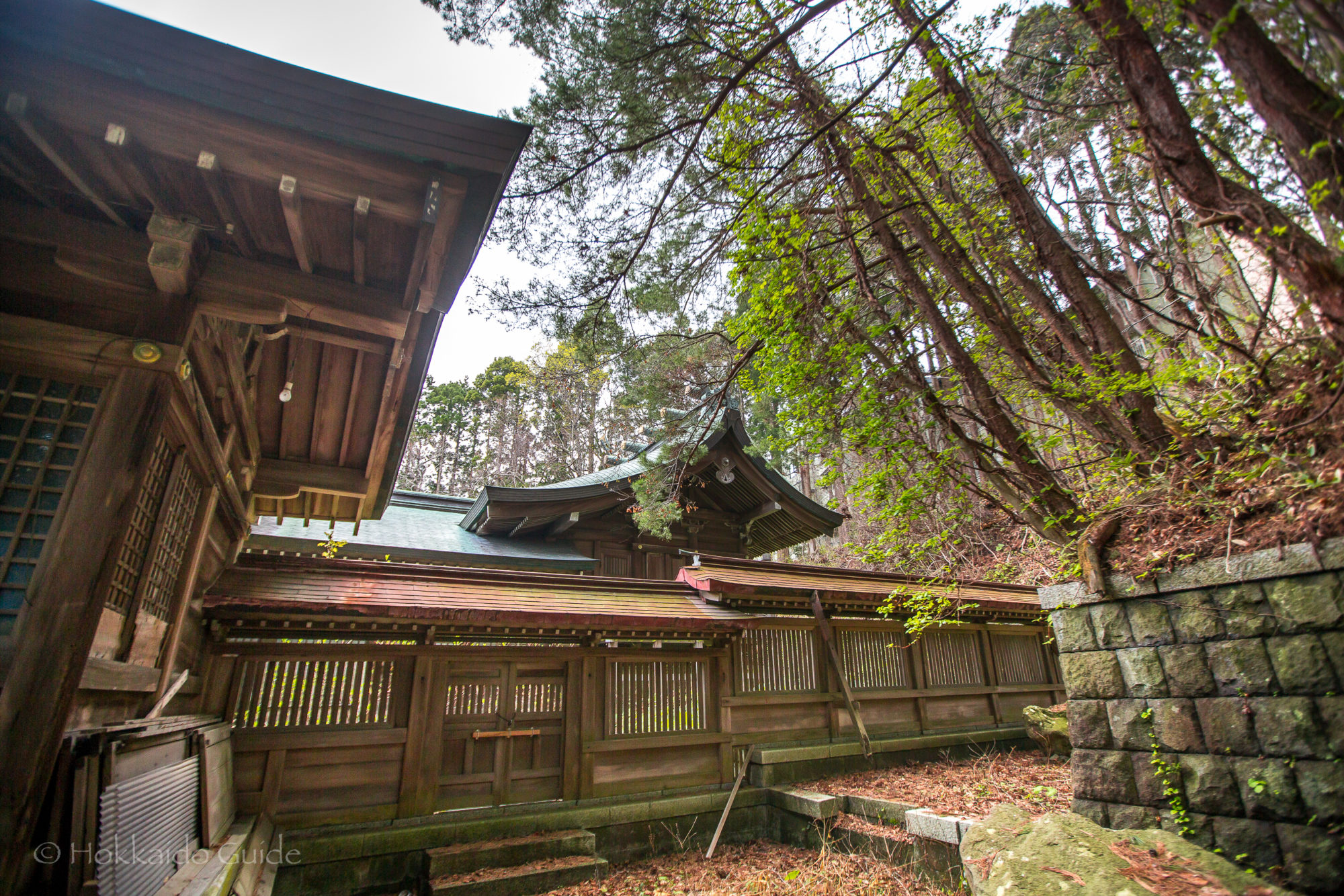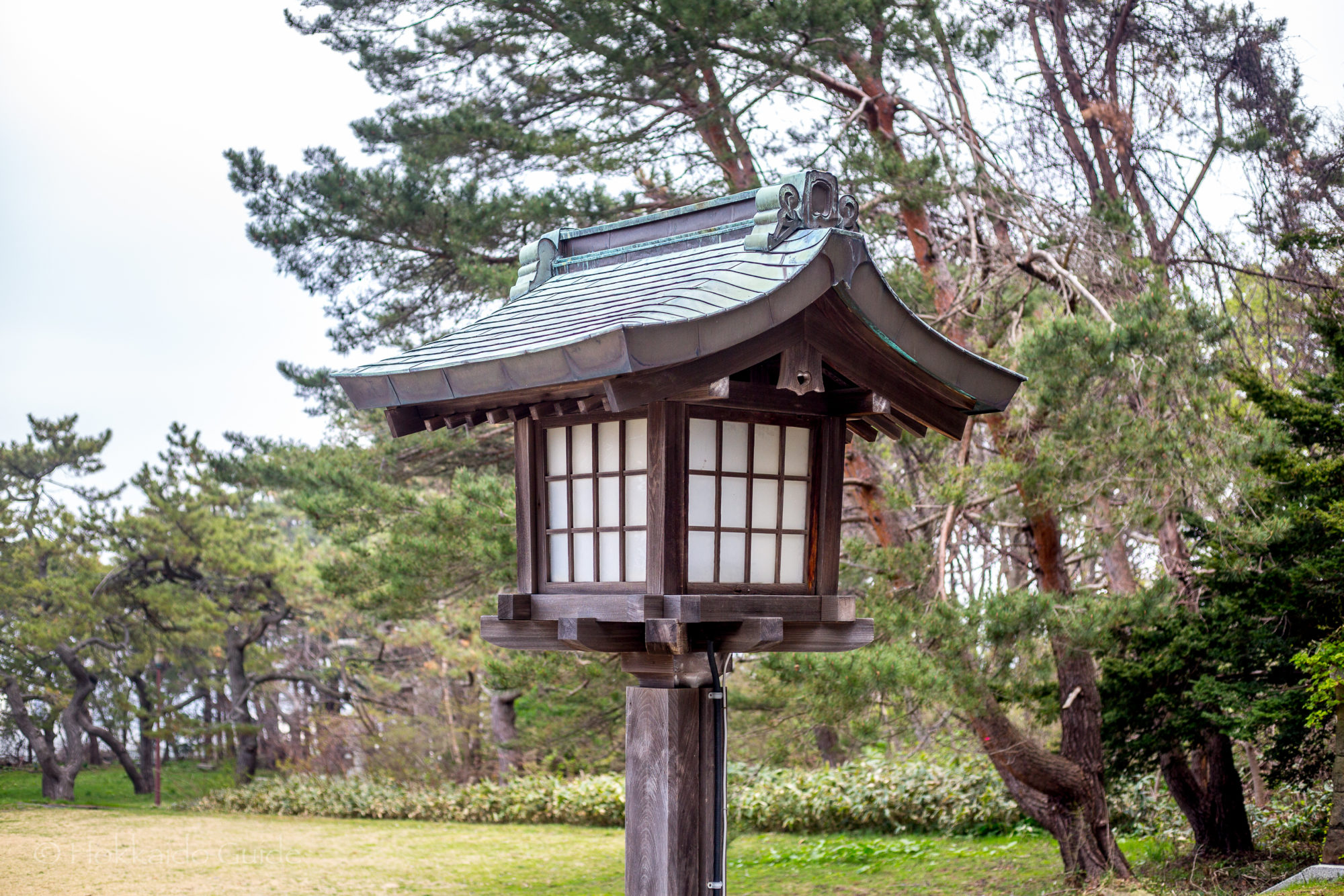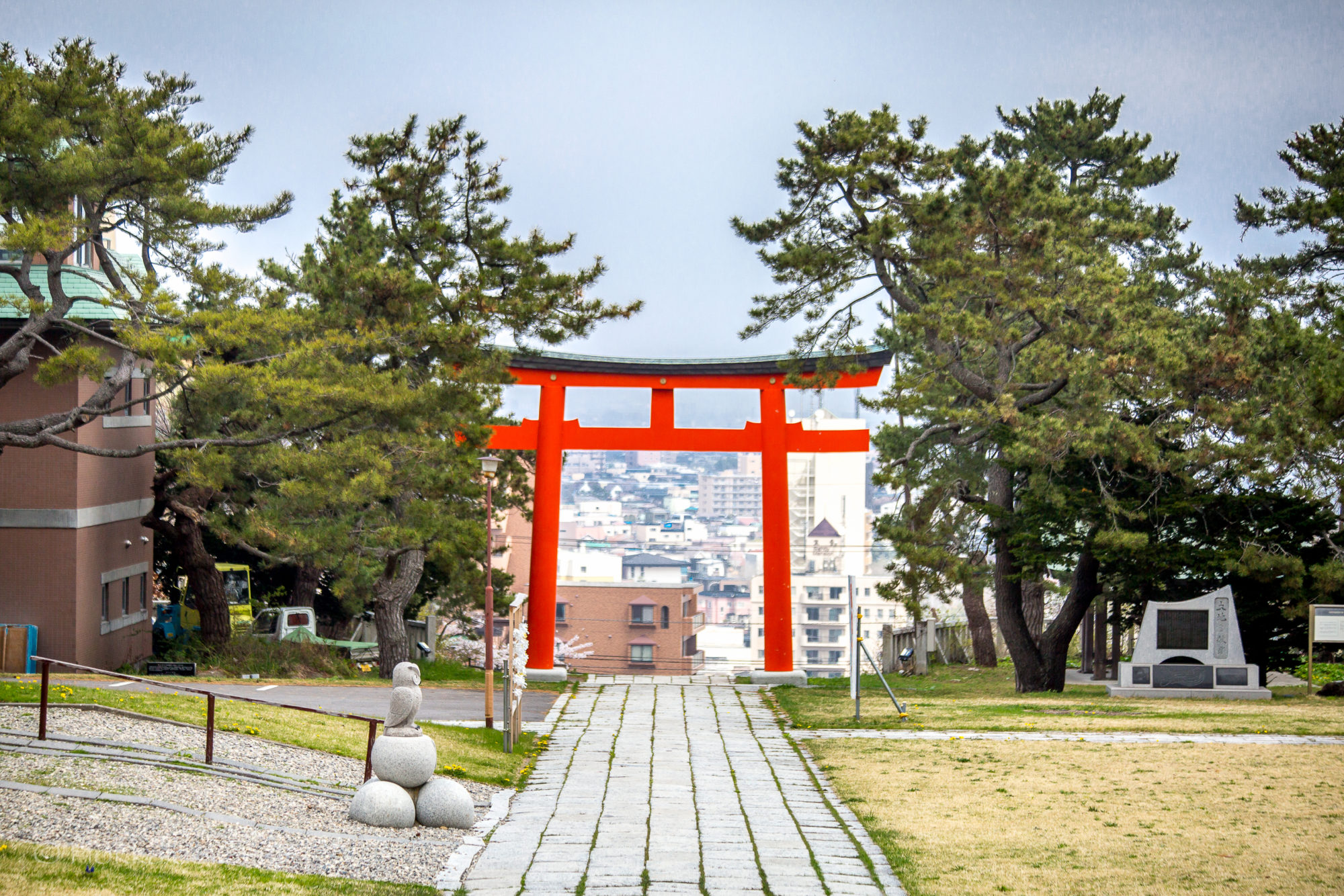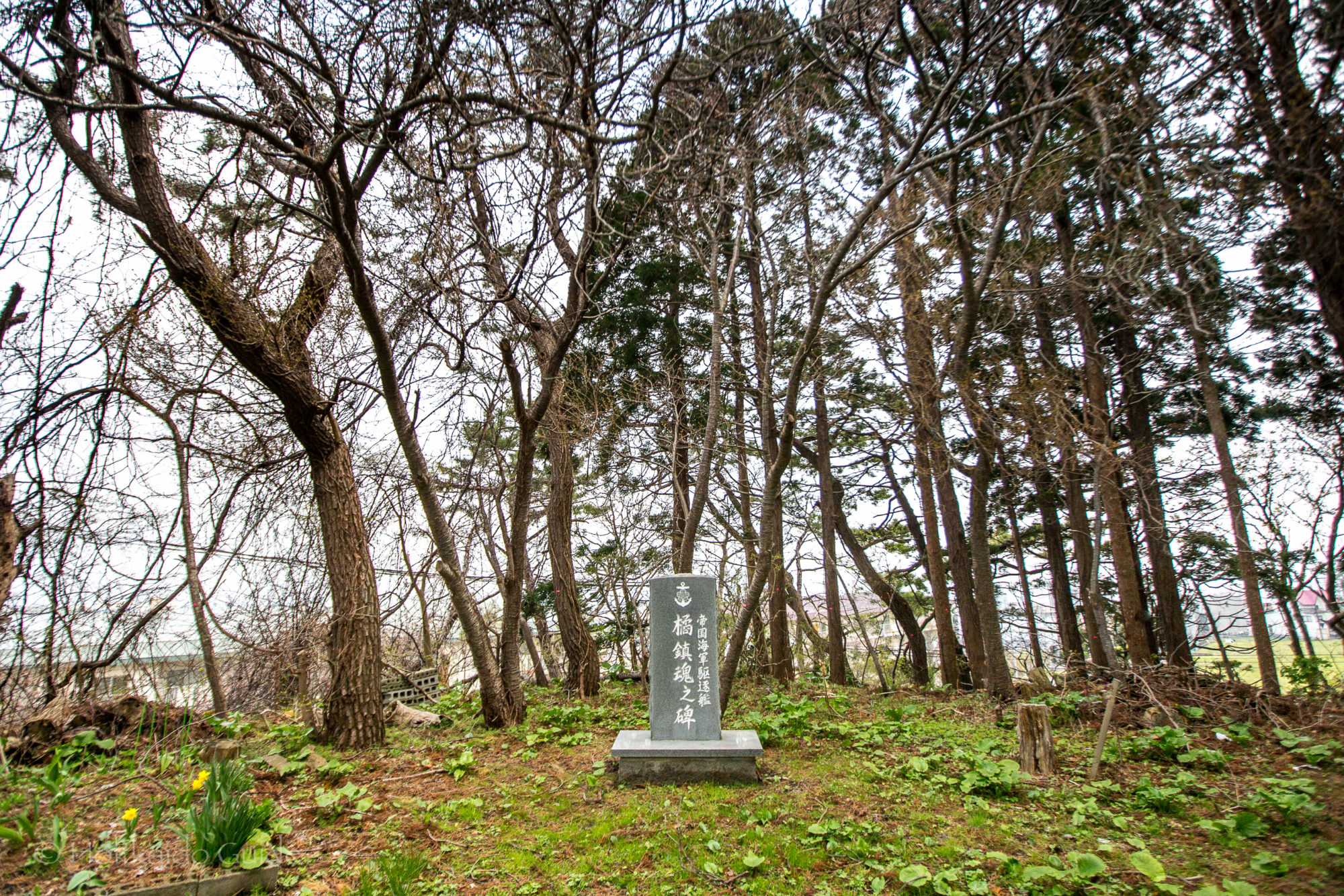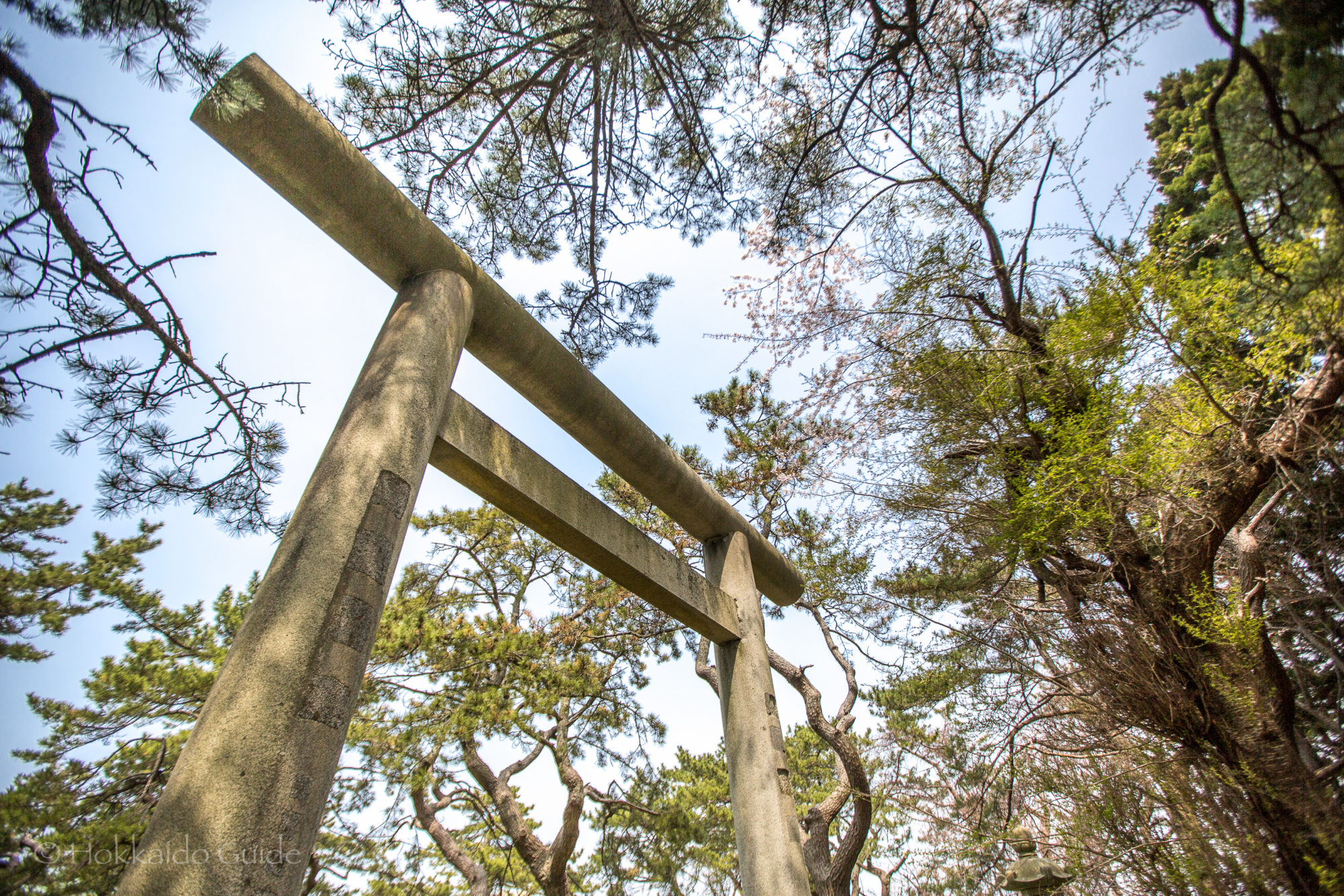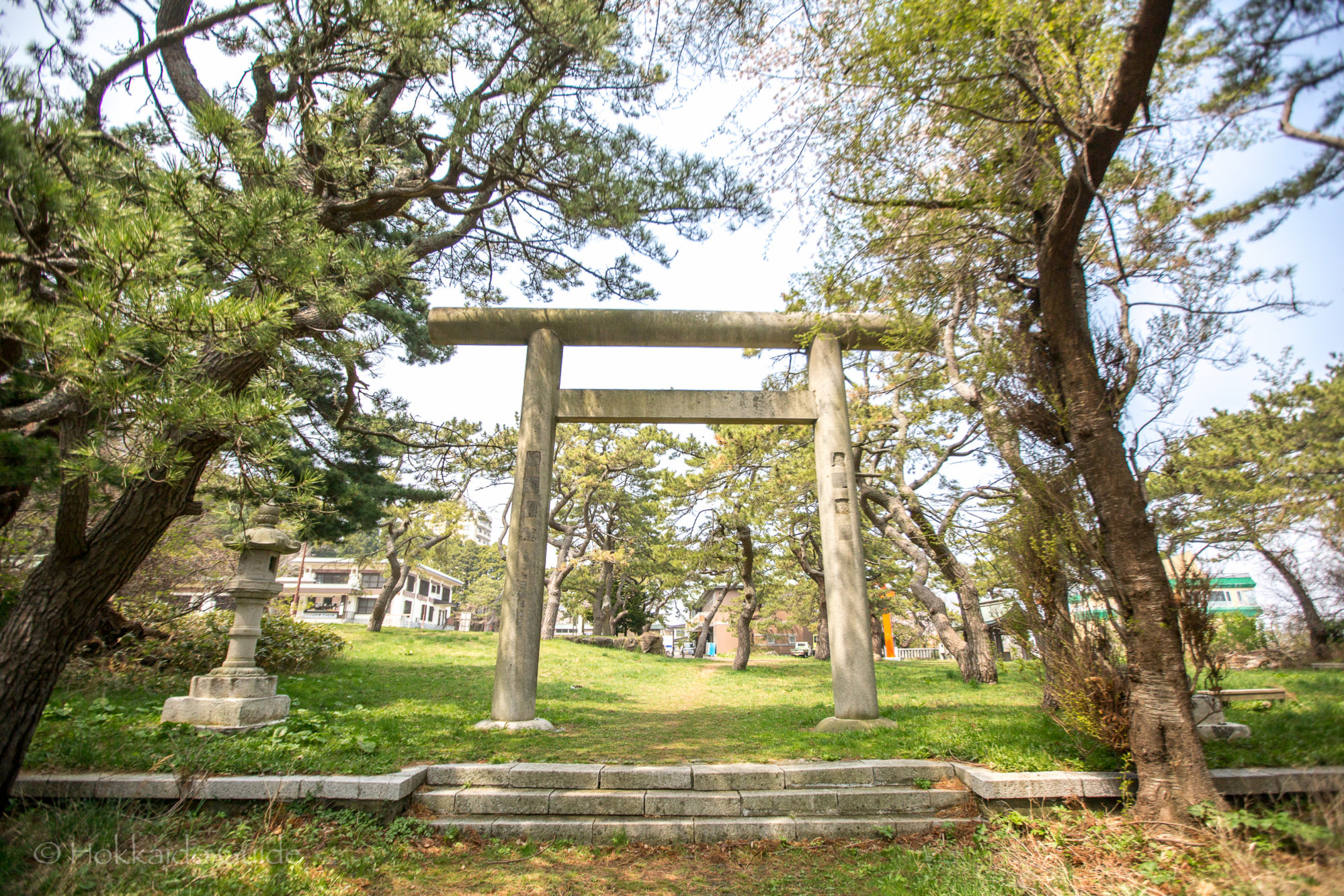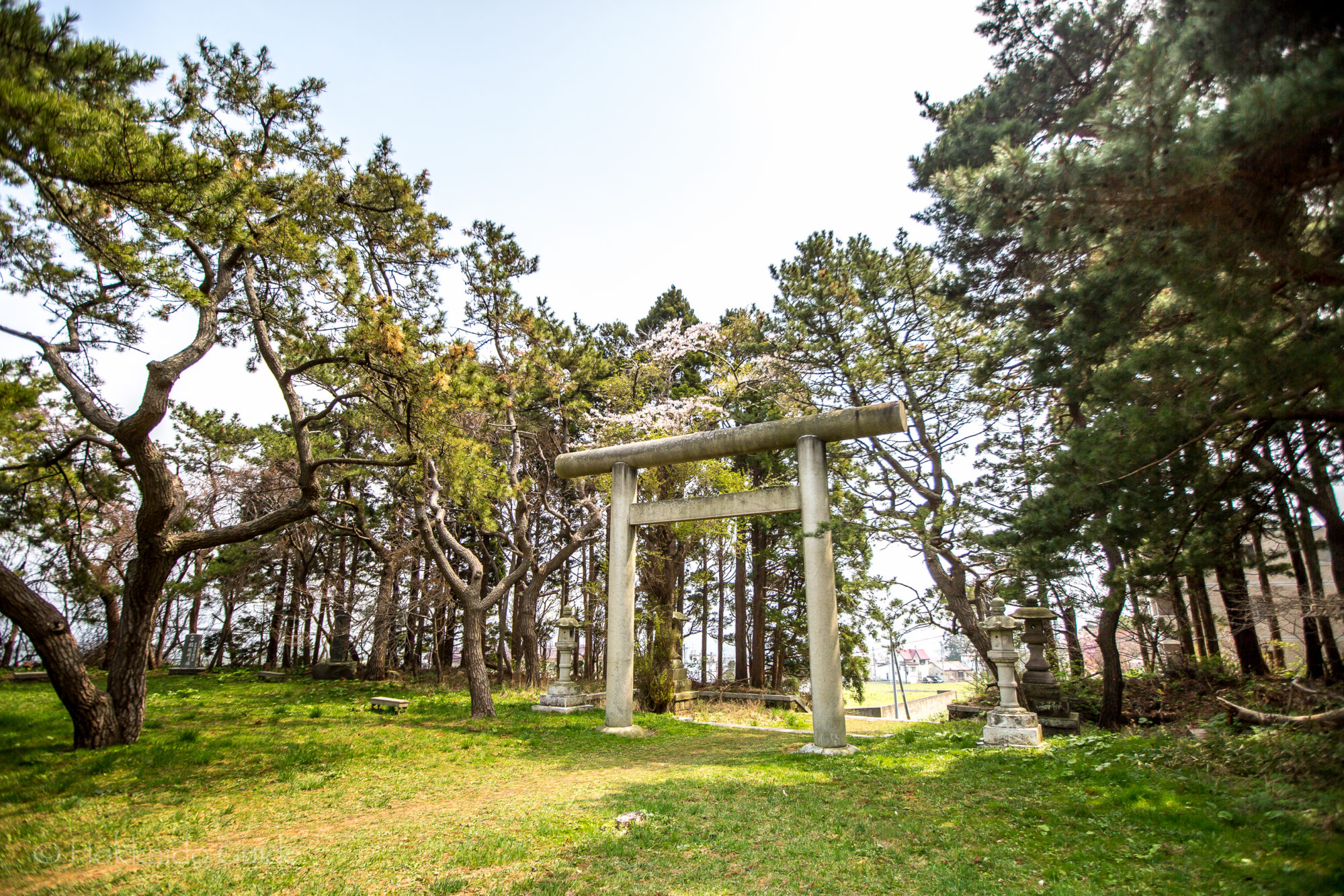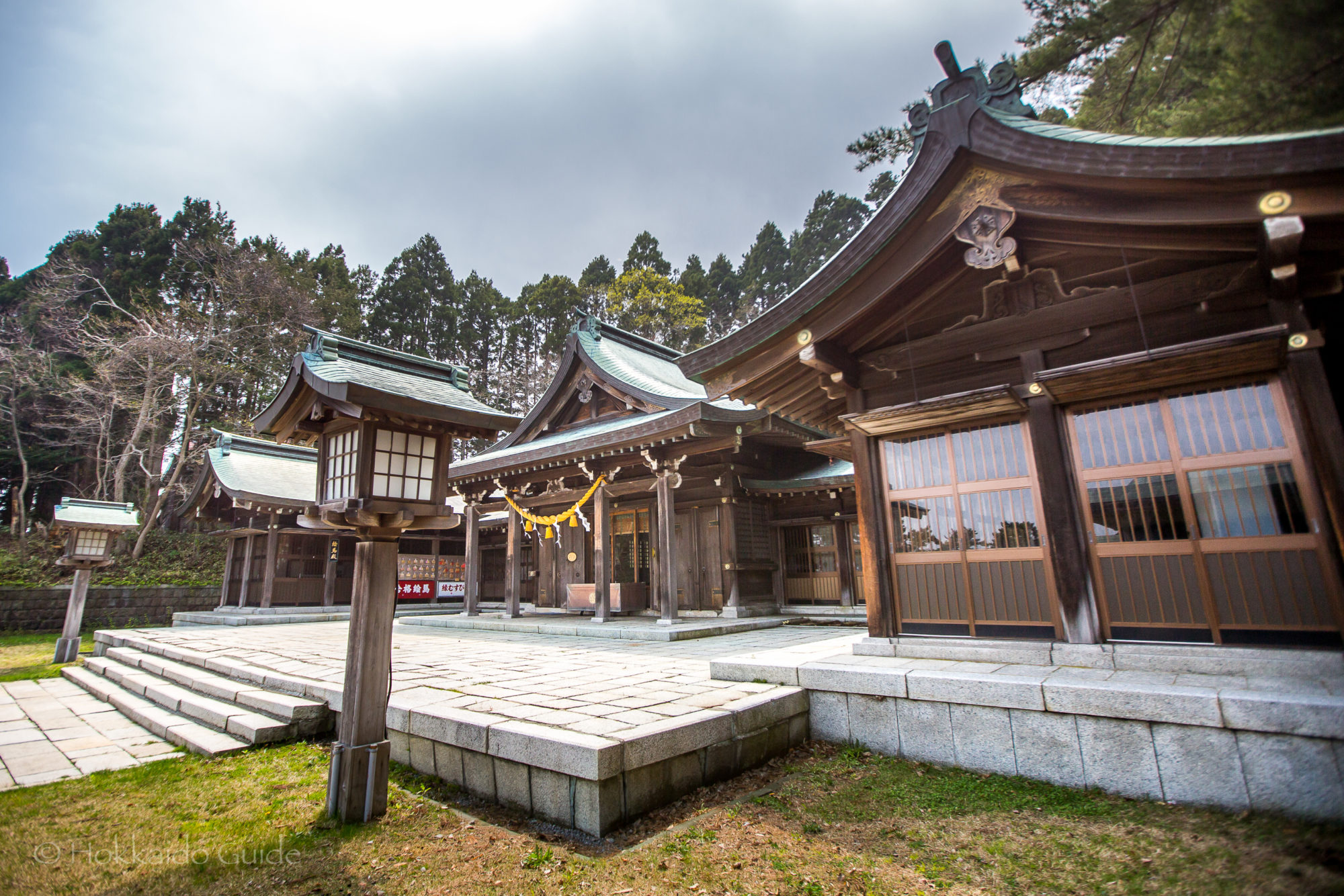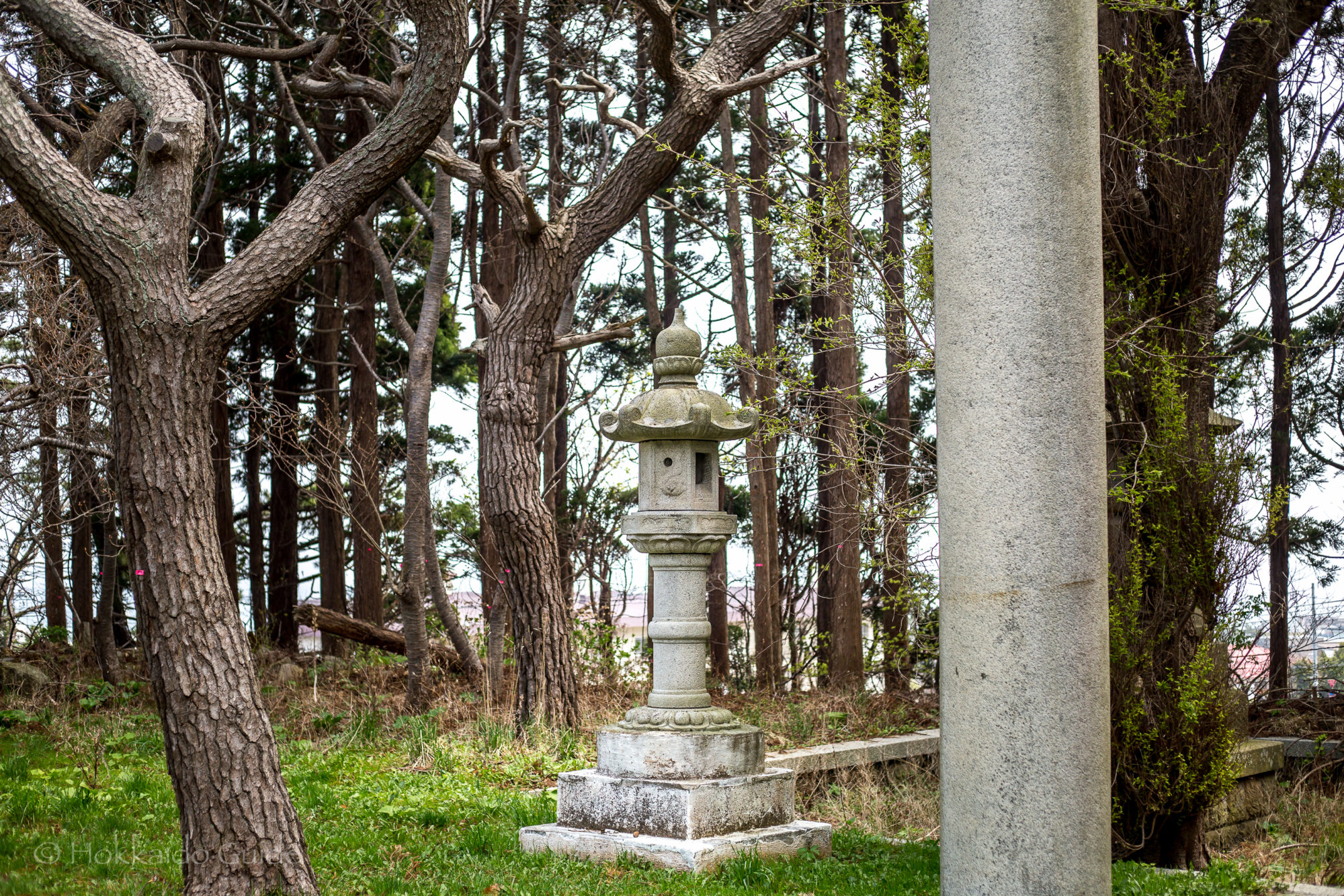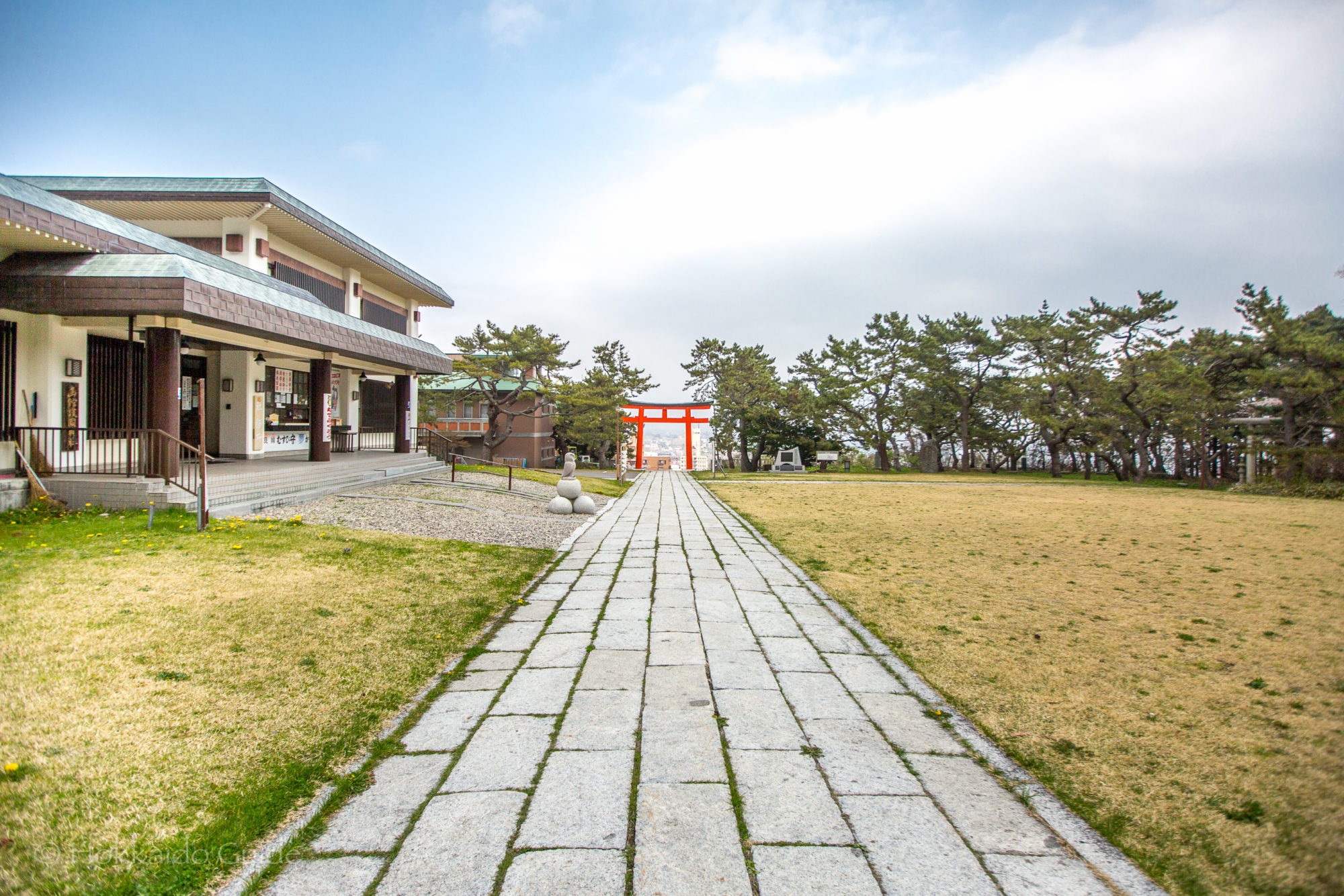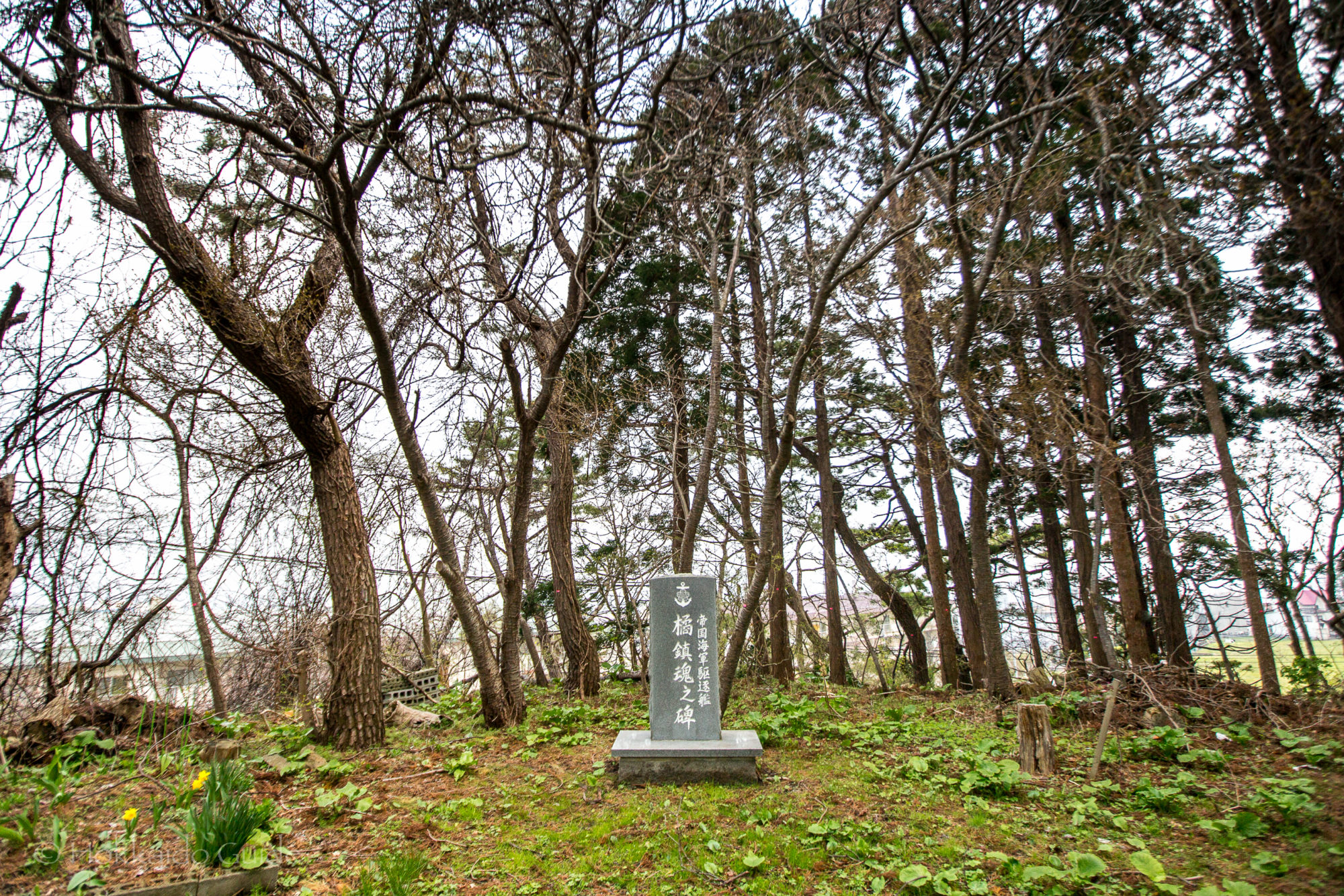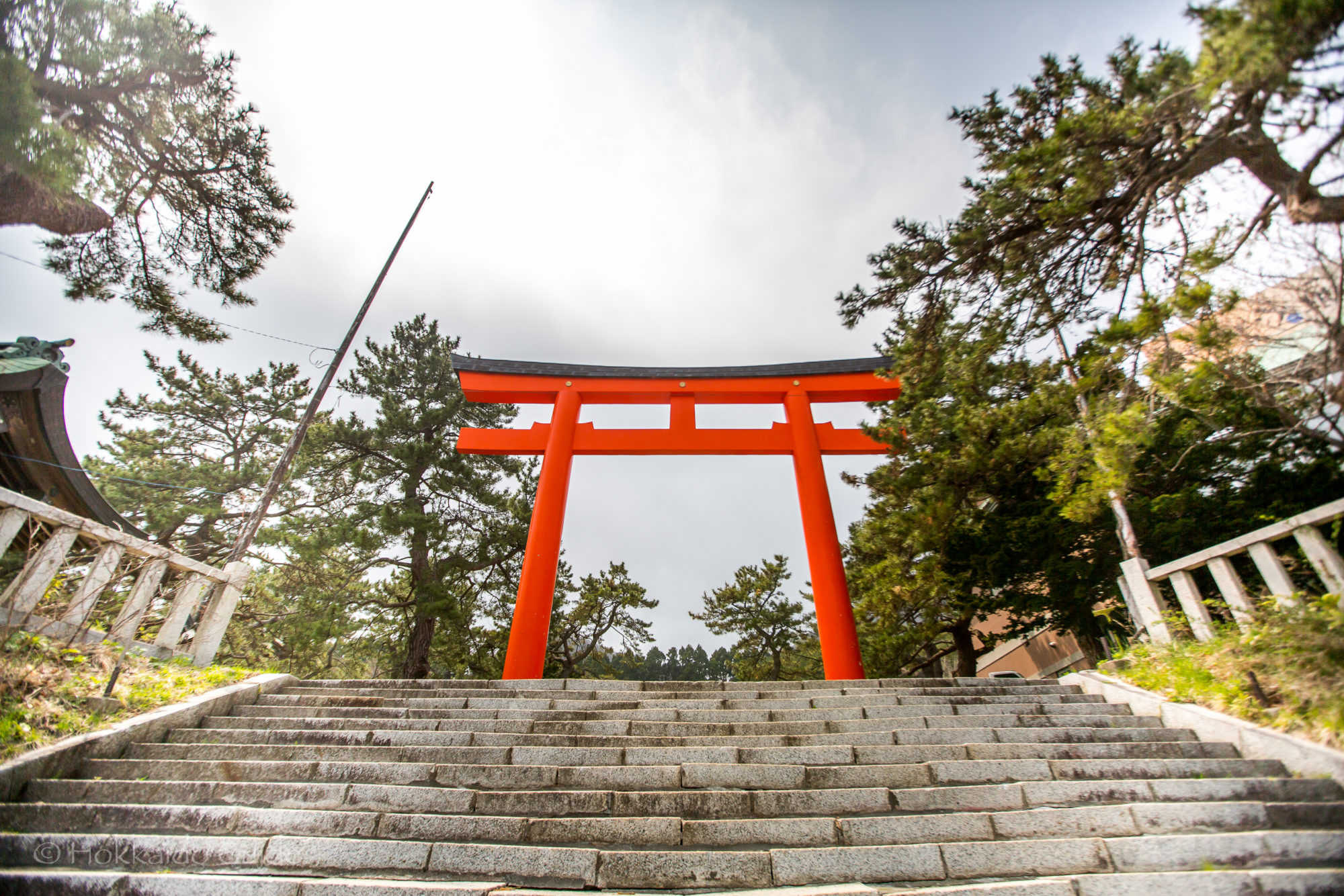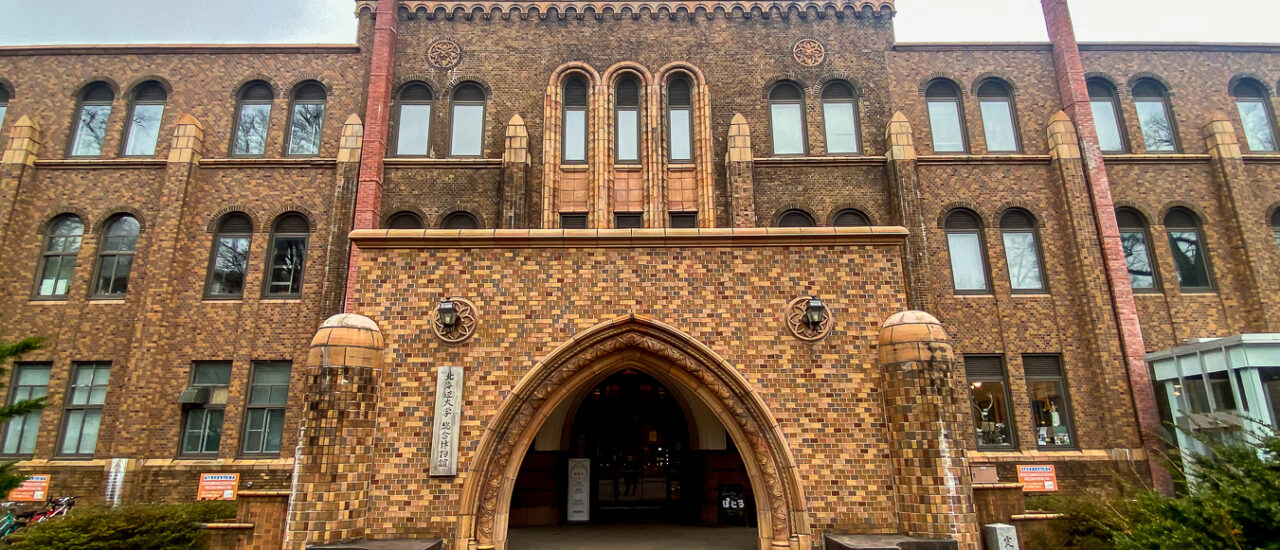
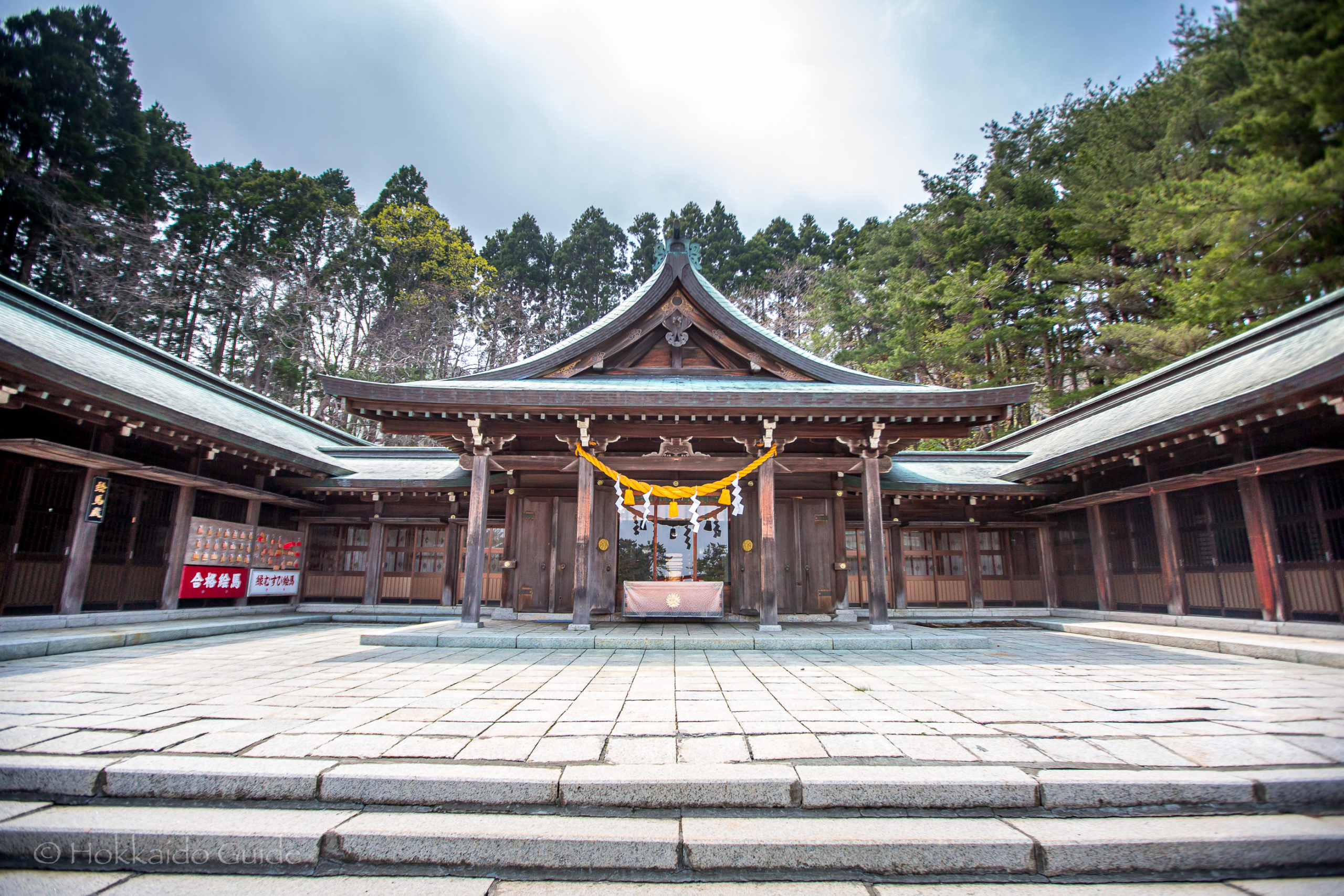
Hakodate Gokoku Shrine
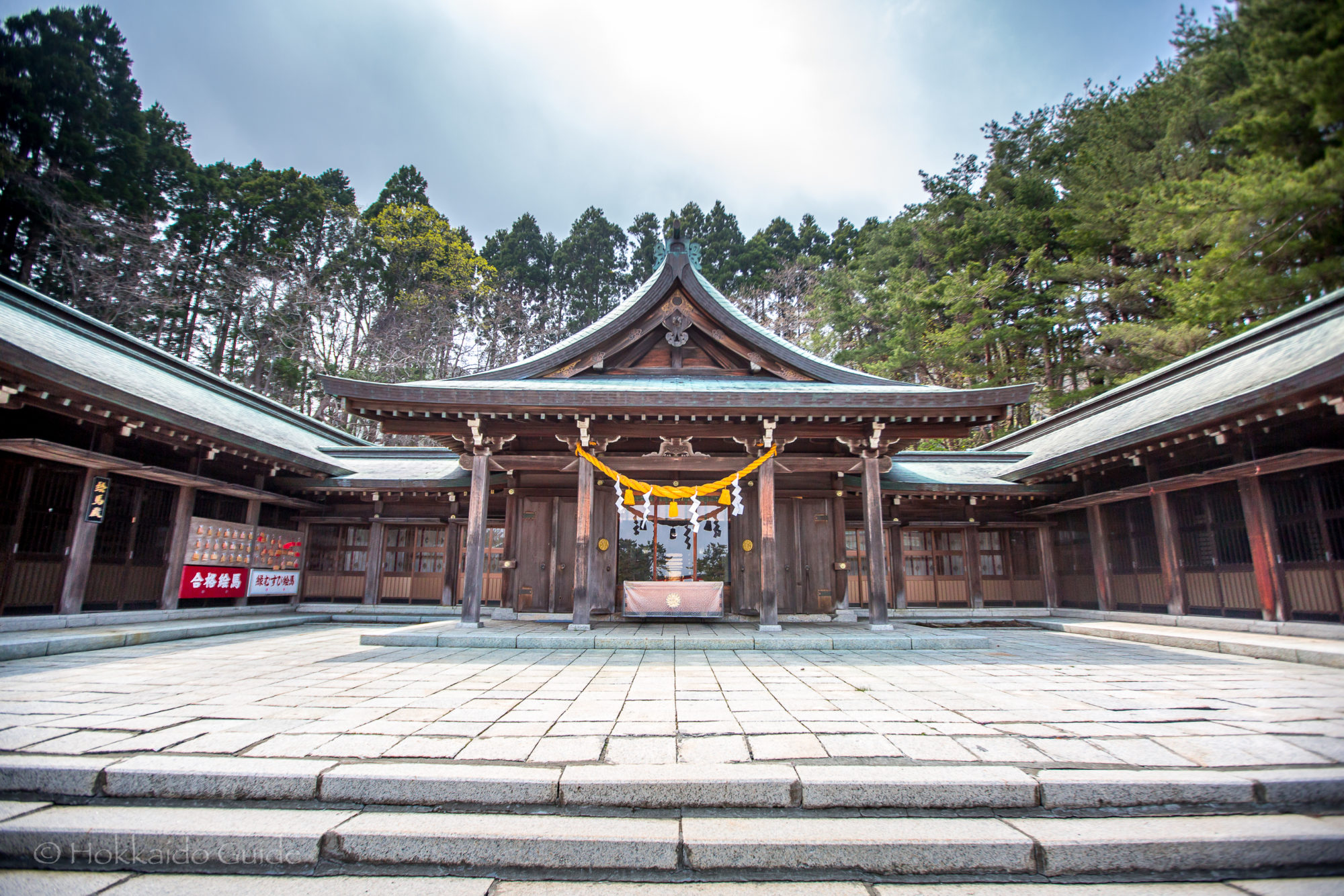
| Admission | Free |
| Opening Hours | 9:00 - 16:00 |
| Contact | |
| Notes | Shinto shrine, sightseeing spot, no parking, photography spot, views over Hakodate |
| Location / Getting There | Located in the southern part of Hakodate city at the base of Mt. Hakodate. The closest tram station is Aoyagi-cho station. From here, it is a 7 minute walk (uphill). On the way, it's nice to walk through the beautiful Hakodate Park, before getting the shrine. 9-23 Aoyagicho, Hakodate, Hokkaido 040-0044 |
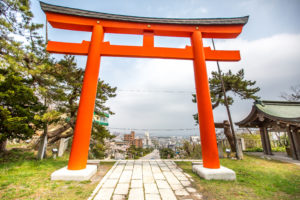 Hakodate Gokoku Shrine was originally built in 1869. After the battle of Hakodate it was constructed as a tribute to the imperial soldiers who had lost their lives in battle. The Battle of Hakodate during the Meiji Restoration, was between the government forces, who wanted to restore the emperor to the throne, in place of the samurai clans who had ruled Japan for hundreds of years. The shrine area is also dedicated to soldiers who died in other major battles. You can find monuments around the grounds. The shrine is on a slope that leads up to Mt. Hakodate. It is a bit of a walk but the views from the bright red Torii Gate overlooking the city are well worth it.
Hakodate Gokoku Shrine was originally built in 1869. After the battle of Hakodate it was constructed as a tribute to the imperial soldiers who had lost their lives in battle. The Battle of Hakodate during the Meiji Restoration, was between the government forces, who wanted to restore the emperor to the throne, in place of the samurai clans who had ruled Japan for hundreds of years. The shrine area is also dedicated to soldiers who died in other major battles. You can find monuments around the grounds. The shrine is on a slope that leads up to Mt. Hakodate. It is a bit of a walk but the views from the bright red Torii Gate overlooking the city are well worth it.
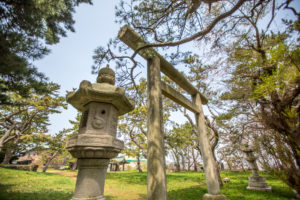 Once through the red Torii, you will find yourself inside the large courtyard of Hakodate Gokoku Shrine. To the left hand side is the hand washing area, and to the right is Gokoku Shrine. Here you can purchase amulets and souvenirs to take home. There is also a small stone owl perched out the front, on three stones. People like to touch this little owl and ask for good luck (or you can buy an owl talisman at the shop). Around the courtyard are stone plinths also dedicated to fallen warriors past. On the south east side is another large stone torii and the road from here leads to Hakodate Park, which is a must visit, especially during the cherry blossom season at the end of April.
Once through the red Torii, you will find yourself inside the large courtyard of Hakodate Gokoku Shrine. To the left hand side is the hand washing area, and to the right is Gokoku Shrine. Here you can purchase amulets and souvenirs to take home. There is also a small stone owl perched out the front, on three stones. People like to touch this little owl and ask for good luck (or you can buy an owl talisman at the shop). Around the courtyard are stone plinths also dedicated to fallen warriors past. On the south east side is another large stone torii and the road from here leads to Hakodate Park, which is a must visit, especially during the cherry blossom season at the end of April.
| January 1st | New Year's Day festival |
| January 7th | Donto-yaki |
| February 3rd | Prayer festival |
| May 10th - 12th | Annual festival |
| August 15th | End of War Peace Memorial Festival |
| Mid-October to the end of November | Shichigosan pilgrimage |
| November 23rd | Niiname-no-Matsuri |
| December 31st | Oharae ceremony |

